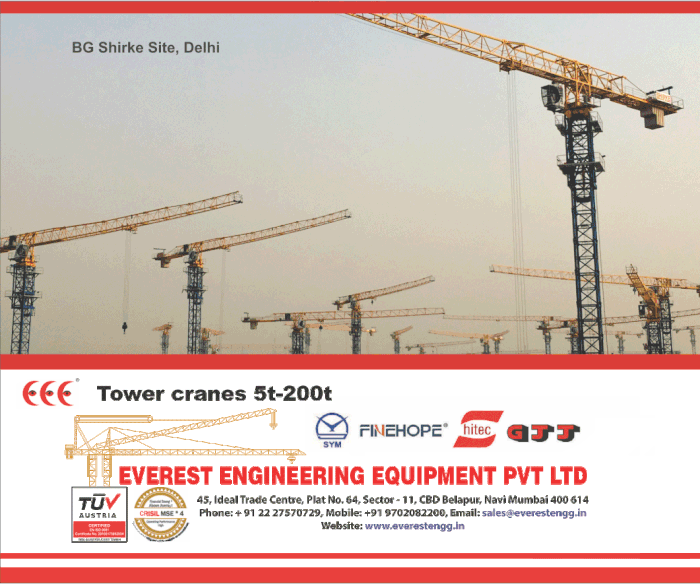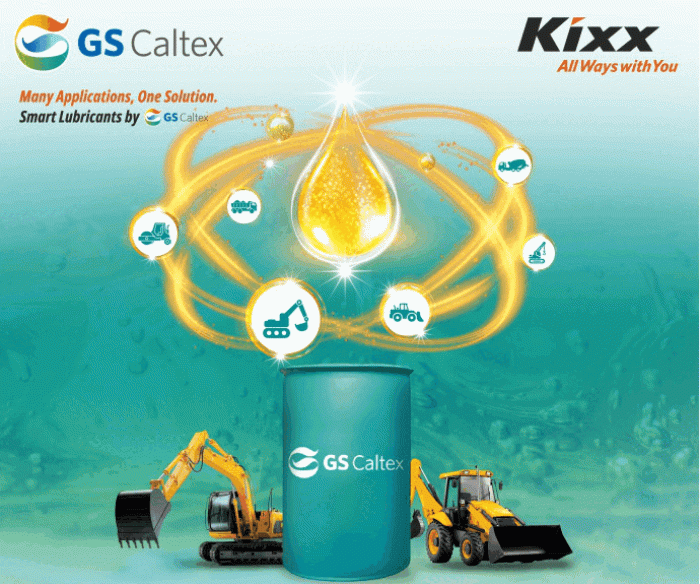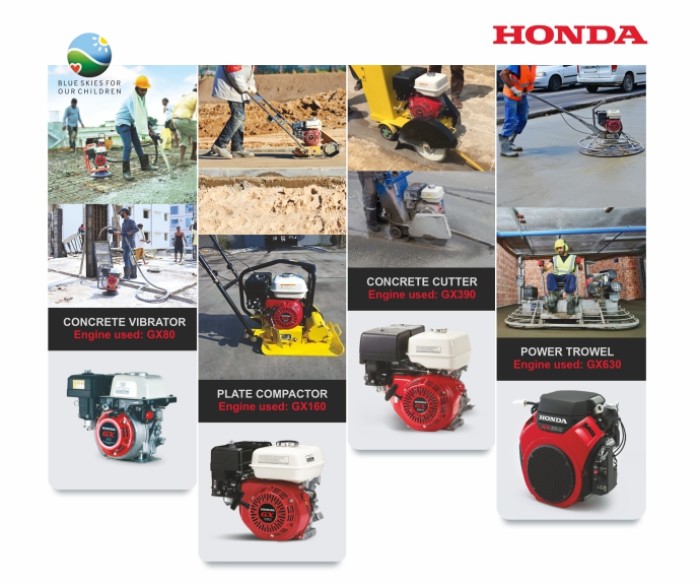India Accelerates Tunnel Development: 75 Projects Worth ?49,000 Crore Underway, Says Nitin Gadkari
Union Minister Nitin Gadkari highlighted India's vast potential in tunnel infrastructure during the 'World Tunnel Day 2024 Conference on Safe & Sustainable Tunneling.' With 75 ongoing National Highways Authority of India (NHAI) tunnel projects spanning 146 km and valued at ?49,000 crore, the government emphasizes international-standard infrastructure to support India's goal of becoming the third-largest global economy.
Gadkari also revealed that 35 tunnel projects totaling 49 km and costing ?20,000 crore have been completed, while 78 future projects, worth ?1.10 lakh crore, are in the pipeline. Notably, the government is exploring a massive tunnel under the Brahmaputra River in Assam, further underscoring the sector's transformative potential.
















Leave a comment